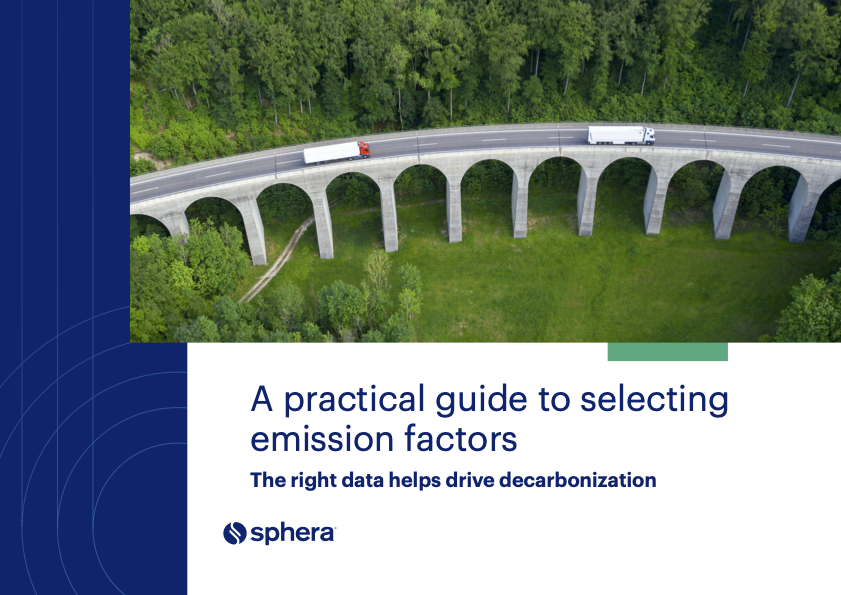Resource
CEA’s 2010 Sustainability Report

The second sustainability report from the Consumer Electronics Association digs in deep to progress that companies have made in reducing the impacts across the lifecycle of electronics.
Among the highlights of the report:
- Greener designs: Industry-wide unit sales of U.S. products registered with EPEAT (Electronic Product Environmental Assessment Tool) grew by 10 percent in 2009, to a total of 48.5 million products. Individual companies also made noteworthy milestones in green design. One manufacturer, for instance, conducted a comprehensive life cycle analysis for every product it ships to determine where greenhouse gases are created. After discovering 97 percent of the emission derived from manufacturing and product use, the company focused on designing new products that use less material, smaller packaging, and are as energy efficient and recyclable as possible.
- Green packaging: Many consumer electronics companies are switching to renewable materials, including bio-based plastics, or recyclable materials instead of clamshell packaging and are looking to reduce the amount of packaging they use. For instance, one video service provider consolidated its shipments and decreased its use of cartons by more than one million in 2009 — a 75 percent reduction from the previous year. In 2011, all of the providers’ products will be packed with 100 percent recyclable materials.
- More efficient facilities: Many manufacturers have set ambitious goals for reducing GHG at their facilities. Meanwhile, other companies have launched efforts to cut power consumption at their data centers.
- More energy efficient products: According to the EPA, 27,000 CE product models currently meet ENERGY STAR specifications. The average energy savings of ENERGY STAR electronics devices range from 20 to 55 percent. An example of this progress is one semiconductor design company created a chip that can reduce its GHG by up to 40 percent by combining the processing and graphics processing units and the Northbridge chipset onto a single chip.
- eCycling: The consumer electronics industry recycled 200 million pounds in 2009, and industry supports more than 5,000 permanent collection sites nationwide. Some examples of these efforts include one CE retailer collecting 100 million pounds at its 1,200 U.S. locations and one computer manufacturer operating an eCycling program at more than 2,200 U.S. Goodwill sites.









